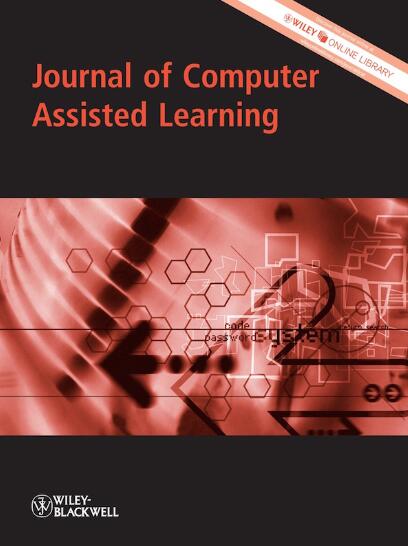Implementing maker education in schools is on the rise, fuelled by its potential to move formal education towards a creative, technology-driven 21st century learning culture. In maker education, collaborative learning takes place through and around various digital and traditional technologies, which provide the means for students' creative activities. However, research is scarce on how maker education promotes students' technological competence and how students develop different features of that competence.
This study investigates the learning of technological competence in formal education collaborative maker projects focusing on designing and making electronic textiles (e-textiles).
The data consisted of student teams' discourse from classroom video data, in which five 7th-grade student teams (3–6 students/team, 13- to 14-year-olds) were engaged in designing and making e-textiles. Their discourse was categorised into five technology dimensions—crafting, designing, engineering, programming, and documenting—and epistemic network analysis was used to model the co-occurrences of the dimensions.
All five technology dimensions were present in four of the five teams, but the learning outcomes—that is, the emphasis and connections of the dimensions—varied between the teams. Learning was promoted when technology was used as means for joint construction of knowledge objects but hindered when viewed only as tool for task execution. The results indicate that collaborative maker projects enable the learning of comprehensive technological competence including knowledge and skills related to both digital and traditional technologies. However, implementing a maker project in schools is insufficient to guarantee that all technology dimensions will be addressed.


